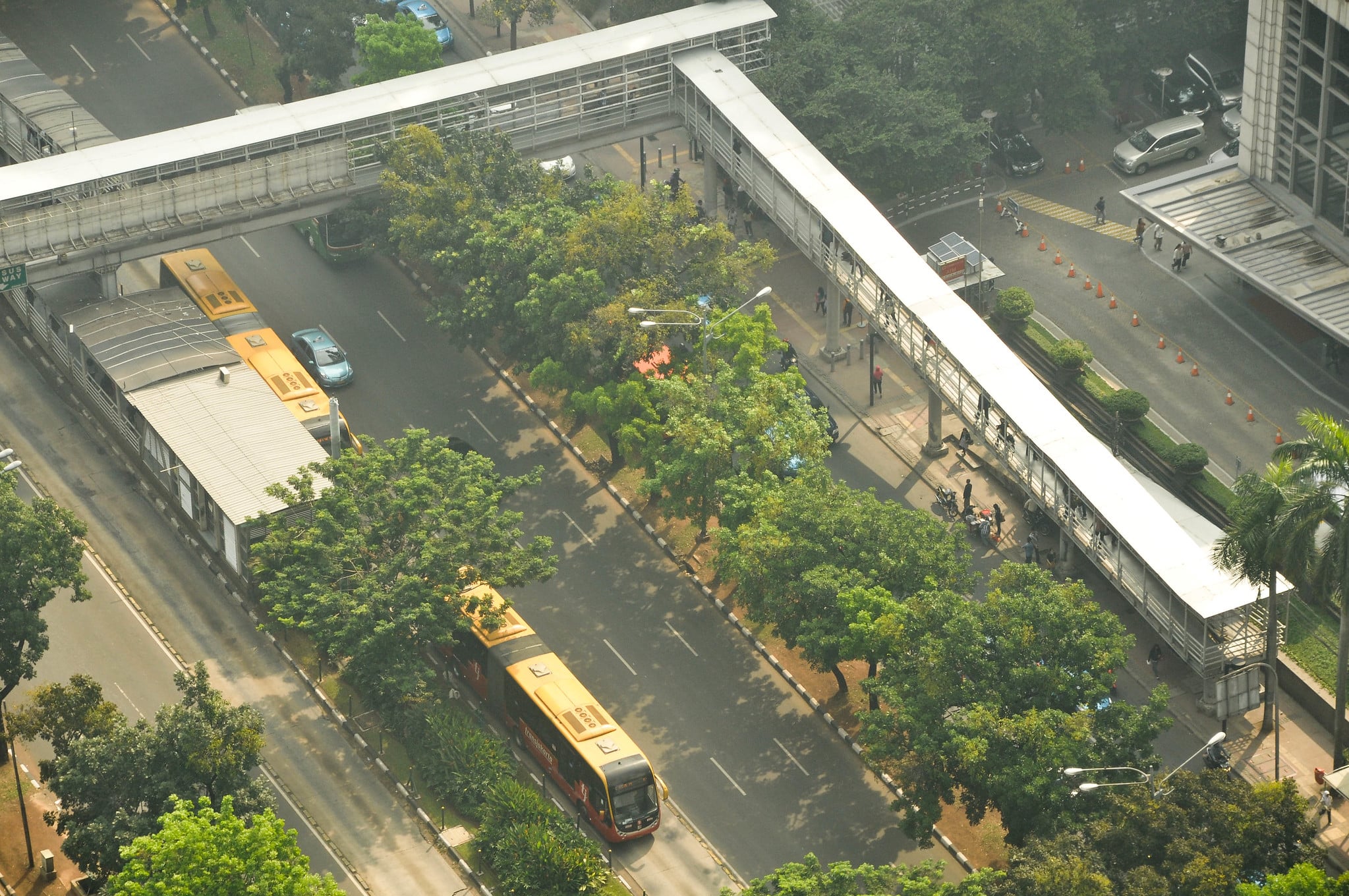- The urban forest encompasses the trees and associated vegetation in an urban area. The urban forest is part of a larger network of green infrastructure.
- Urban forests can help to create more livable cities by providing ecosystem services, or benefits. They also create some dis-benefits, or costs, which should be considered during policymaking, planning, management, and consultation with stakeholders.
- Cities are challenging environments for trees, and development pressure continues to increase with the growth of urban populations. In different contexts, trees may provide benefits or dis-benefits to urban dwellers.
- Plans, policies, regulations, and institutional arrangements can support urban forests—either directly or indirectly. Interventions to influence planning and management of urban forests could be included in comprehensive or strategic plans, ordinances, by-laws or codes, urban forest management plans, and zoning for the city and local context.
- Cities around the world have taken different approaches to managing their urban forests. Many successful cities have taken steps to coordinate the activities of the government, the private sector, civic organizations, and residents themselves.
- Integrated planning and policy can support funding streams to manage, restore, and grow urban forests.
- Understanding and including the various stakeholders involved in the governance of urban forests typically reduces conflict and helps to ensure equitable distribution of urban forest ecosystem services.











